Football stadiums in the United Kingdom should be considered some of architecture’s best work. Across the hundreds of grounds situated in this part of the world, certain grounds not only catch your eye but possess immense ambiance and character.
For nostalgic purposes, we will explore 10 of the best grounds from the 20th century that meet our selected criteria, based on the capacity of those who can attend, their historical significance and reputation, alongside the level of atmosphere fans generate inside these stadiums.
GIVEMESPORT brings to you the definitive top 10 best British stadiums of the 20th century.
Ranking Factors
- Capacity of the stadium crowd
- Historical significance – has the stadium overcome past adversities or been a vocal point in football history?
- Atmosphere generated by its fans – do the fans make the stadium appealing?
- How renowned/iconic the stadium is
10 Craven Cottage
Fulham FC
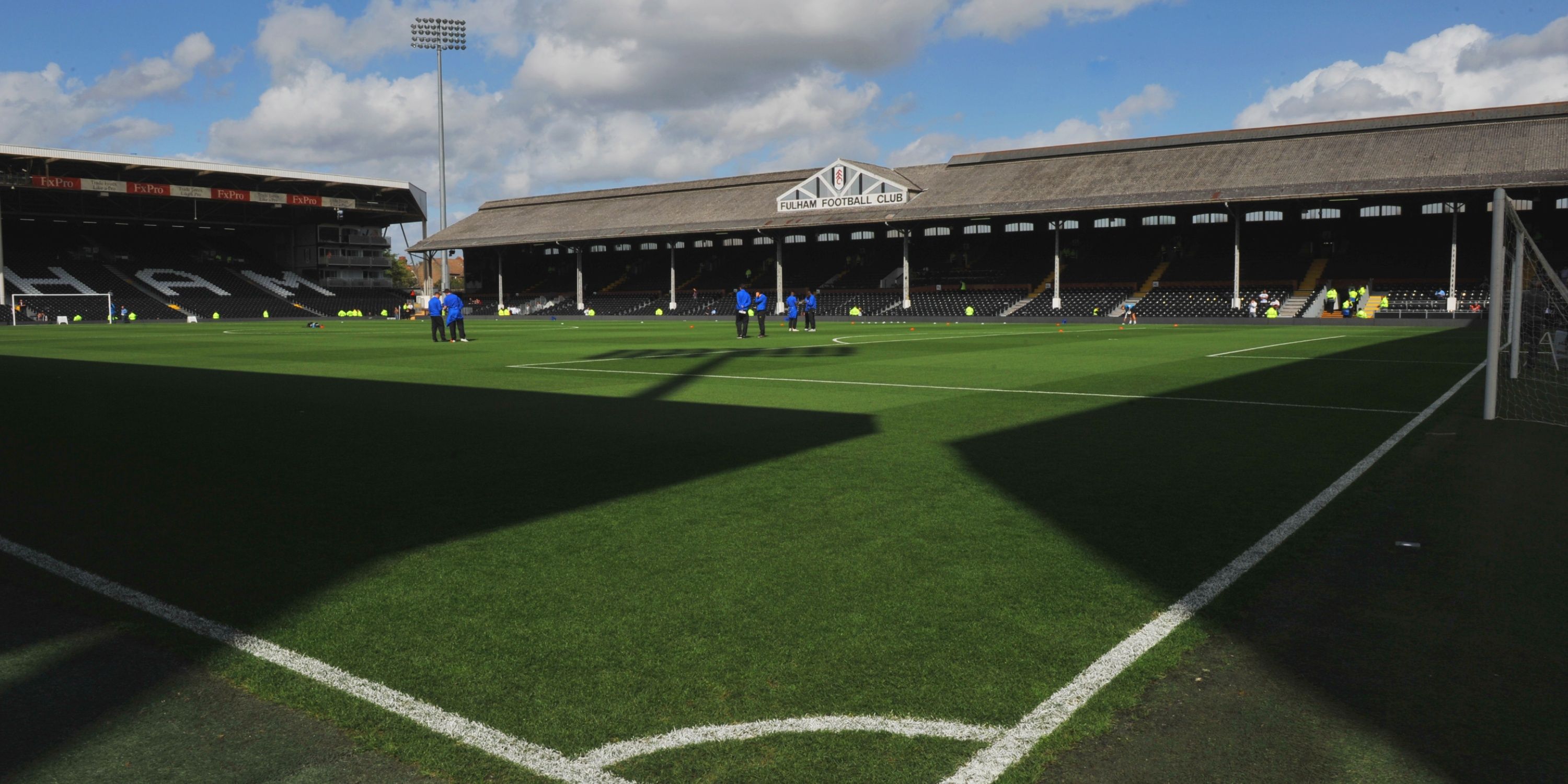
Craven Cottage starts our list as the home of Fulham. Situated on the banks of the River Thames, the ground offers picturesque surroundings for both the home and away fans it holds. The famous Riverside Stand was originally a terracing that backed onto the river.
Historically speaking, Craven Cottage opened its doors in 1896, becoming the first stadium in the English capital. With a holding capacity of 29,589 people, one stand is named after the club’s greatest-ever player, Johnny Haynes. Though the club has yet to pick up any major silverware throughout its long history, the arena is widely considered the crown jewel.
Before the west London club called Craven Cottage its home, the Cottagers previously played home games at eight different grounds. One hundred and twenty eight years on from its official unveiling, the stadium’s reputation remains only positive.
9 Goodison Park
Everton FC
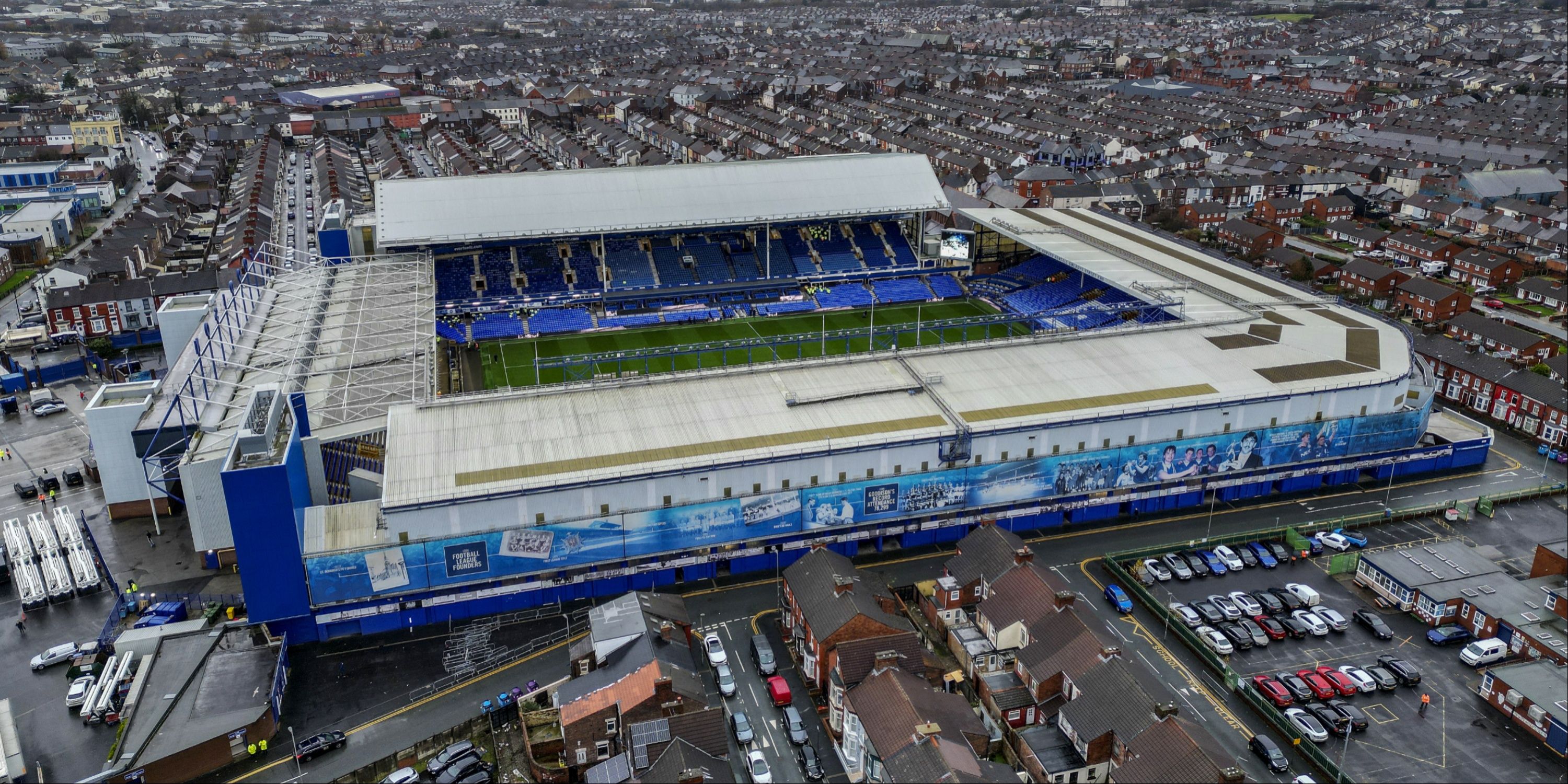
Everton’s 39,414-seater stadium had to be mentioned; one of Britain’s most historic venues. Goodison Park’s grand opening arrived in 1892 and has hosted more first division matches than any other stadium in England. The club racked up several First Division and FA Cup titles at this very ground.
Well over 100 years on and numerous renovations later, Goodison Park still retains a traditional feel. Everton will be moving to a new stadium for the upcoming 2025/26 Premier League campaign, located at Bramley-Moore Dock in Liverpool.
Despite this inevitable move, the footballing world is in agreement that Goodison Park’s legacy remains a symbol of the club’s rich history and deep connection to the city of Liverpool. Generations of Everton’s fanbase spent their Saturdays watching this team on the blue side of Merseyside.
8 Old Trafford
Manchester United
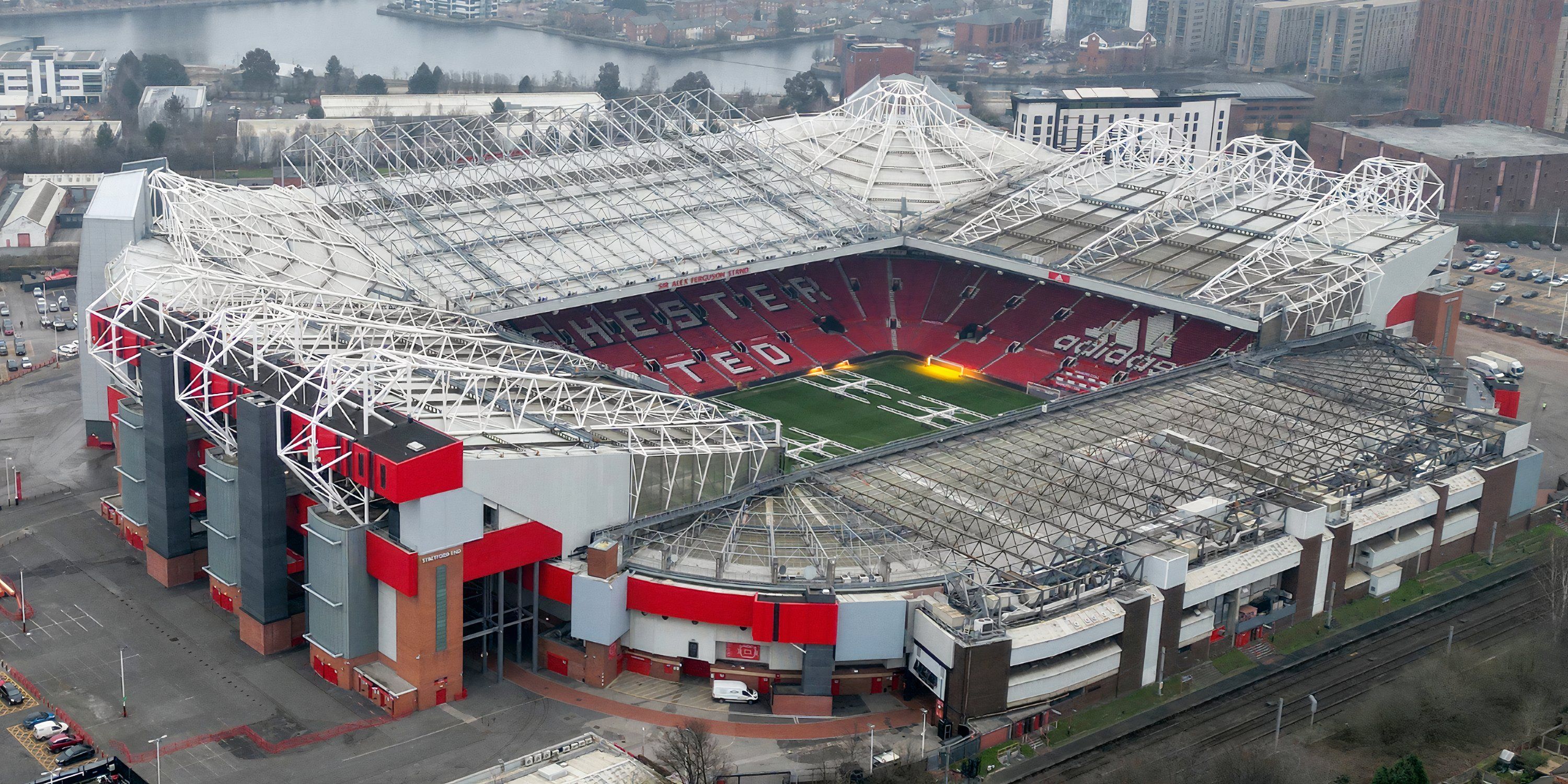
With a capacity of 74,197, Old Trafford is the largest club football stadium in the United Kingdom. It’s the home of Manchester United, after the official opening took place in 1910.
Old Trafford’s history is deeply significant, marked by the legendary eras of Sir Matt Busby and Sir Alex Ferguson, during which the club amassed a plethora of trophies over several decades. Club legend Sir Bobby Charlton famously referred to the stadium as “The Theatre of Dreams,” further emphasising its legendary status.

Related
Man Utd to Build New 100,000-Seater Stadium as Plans Revealed
Manchester United have revealed plans to move into a new stadium which is due to be built a stone’s throw away from Old Trafford
Although nowadays, the stadium is now in desperate need of repair and renovation, its prestige grew further after suffering significant damage during the Second World War. The rebuilding process became a symbol of strength, reinforcing the connection between the club and its supporters.
7 Ibrox Stadium
Rangers
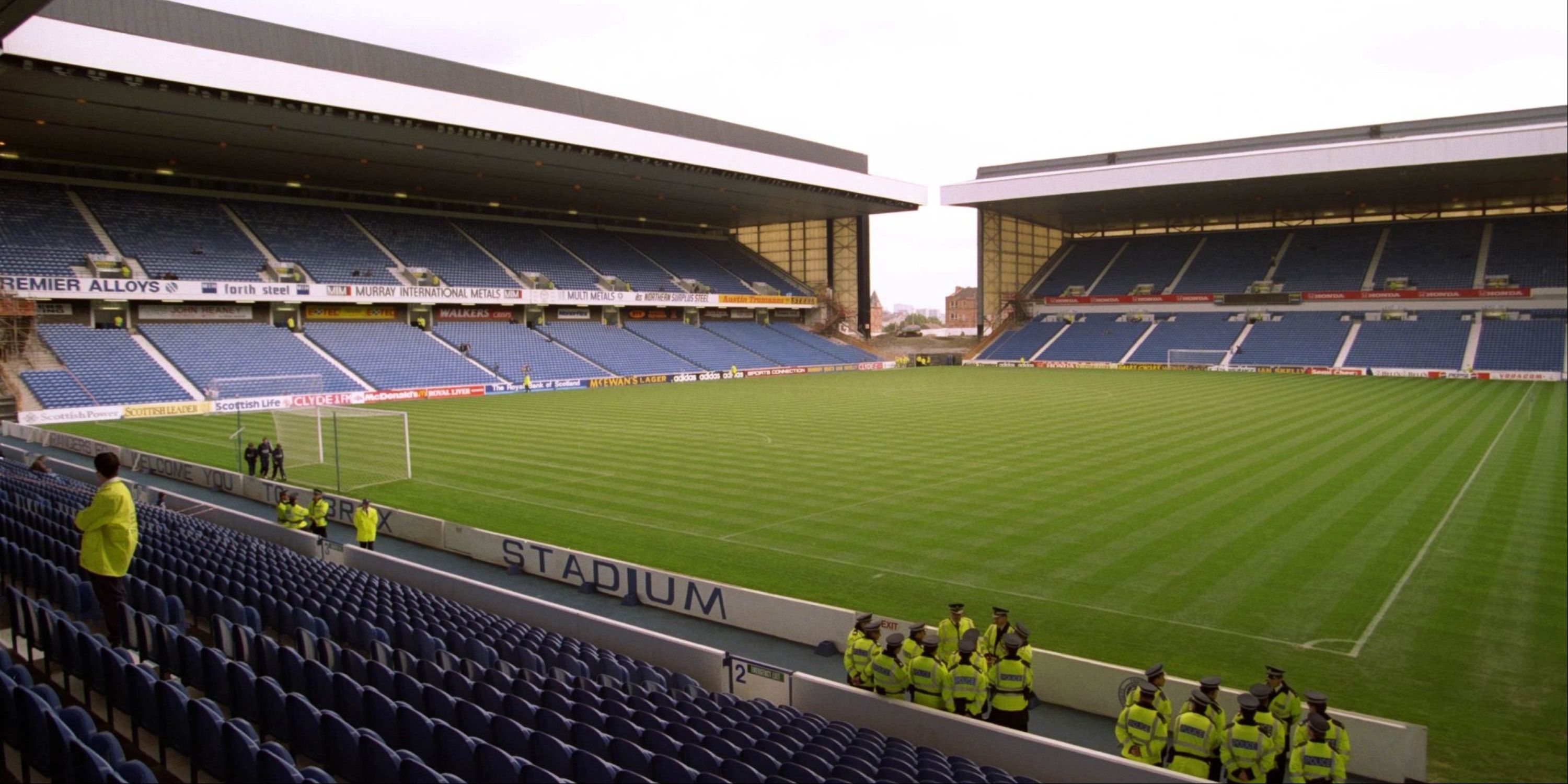
Ibrox Stadium enters this list due to its rich history and ability to overcome two major disasters in the 1900s. Situated on the south side of the River Clyde in Glasgow, Rangers still play their matches at Ibrox. Their most dominant periods occurred in the 1920s, 30s, and 90s.
At one point, Rangers had the worst fan safety record before its complete redesign, which paved the way for a much safer ground. The changes were inspired by Borussia Dortmund’s ground, the Westfalenstadion.
Rangers remain one of the most decorated clubs in Scotland, with countless legends representing the Glaswegian side. Ibrox has witnessed many memorable moments throughout its history, including numerous league titles. Their ground certainly fits the bill historically while adapting to modern demands.
6 Highfield Road
Coventry City
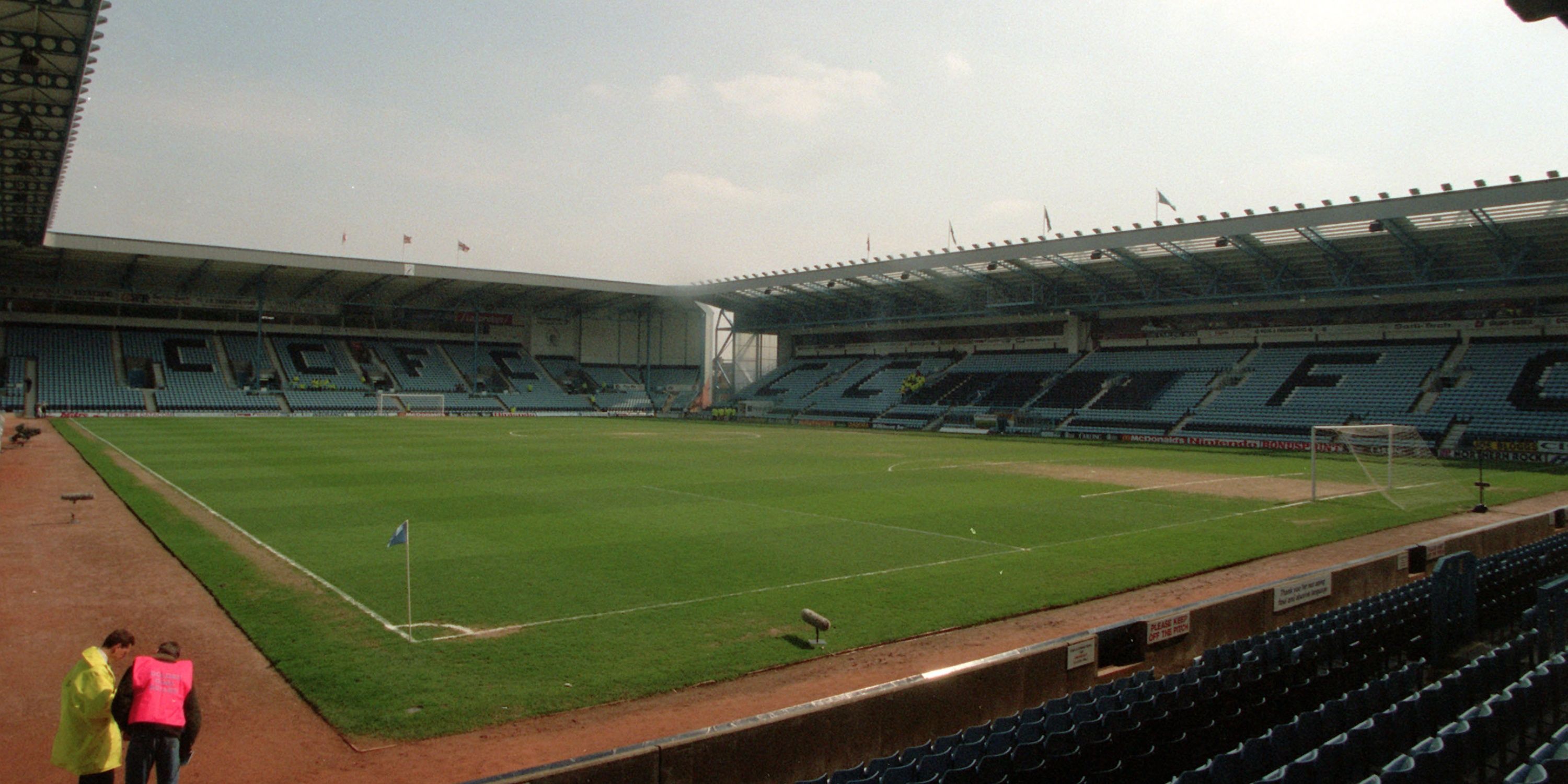
Before moving to the Ricoh Arena in 2005, Coventry City played their home matches at Highfield Road. In 1899, the club acquired the site, which was previously owned by the Craven Cricket Club.
Its location, close to the city centre, made it an ideal spot. Although its capacity was 23,489, the ground was revolutionary for English football. It was the first all-seater stadium in the English league and featured one of the largest playing surfaces.
Despite the stadium being well-kept, Coventry decided to move due to its lack of facilities, particularly parking. The club now resides north of the city at the Ricoh Arena, while Highfield Road remains a memory for older fans after demolition work began in 2006.
5 Highbury
Arsenal
Before it was demolished in 2006 to make way for new properties, Highbury was the home of Arsenal for the majority of their history. Located in the heart of Highbury, north London, the ground hosted home matches from 1913 to 2006.
Despite being situated in a densely populated district, Arsenal’s stadium had a capacity of 38,500. Its stunning architecture inside and facilities made it easy to visit, and it was especially known for its well-maintained pitch, winning awards yearly.
Arsenal’s unforgettable Premier League ‘invincibles’ season took place at Highbury, but as the club’s stature grew, the stadium’s location became increasingly inadequate. Local opposition to redevelopment led to the move to the newly built Emirates Stadium.
4 Celtic Park
Celtic
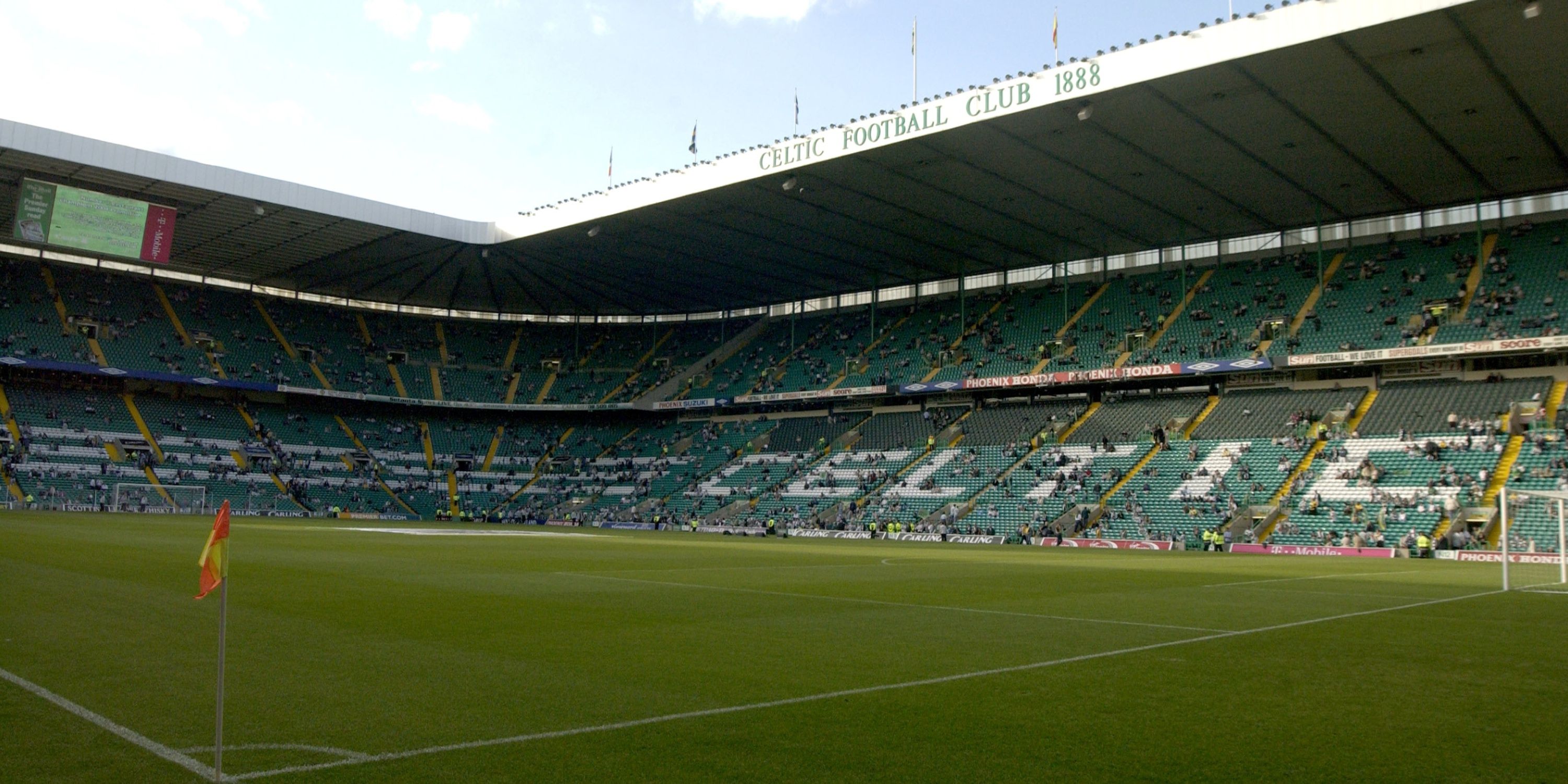
As of now, Scotland’s most successful team is ranked fourth. With the largest stadium in the country, Celtic Park boasts a capacity of 60,411. Although multiple stadiums have been used throughout the club’s history, all have been attributed with the same name. The club’s fans affectionately refer to it as “Paradise”.
Celtic’s passionate fans are known to create an electric buzz throughout the games and, famously, were the 12th man in Celtic’s quest for European Cup glory in 1967. The Scottish stadium underwent a serious rebuild in the 1990s after Fergus McCann took control. The venue needed urgent seating plans in place following the mandate issued by the Taylor Report.
3 Anfield
Liverpool
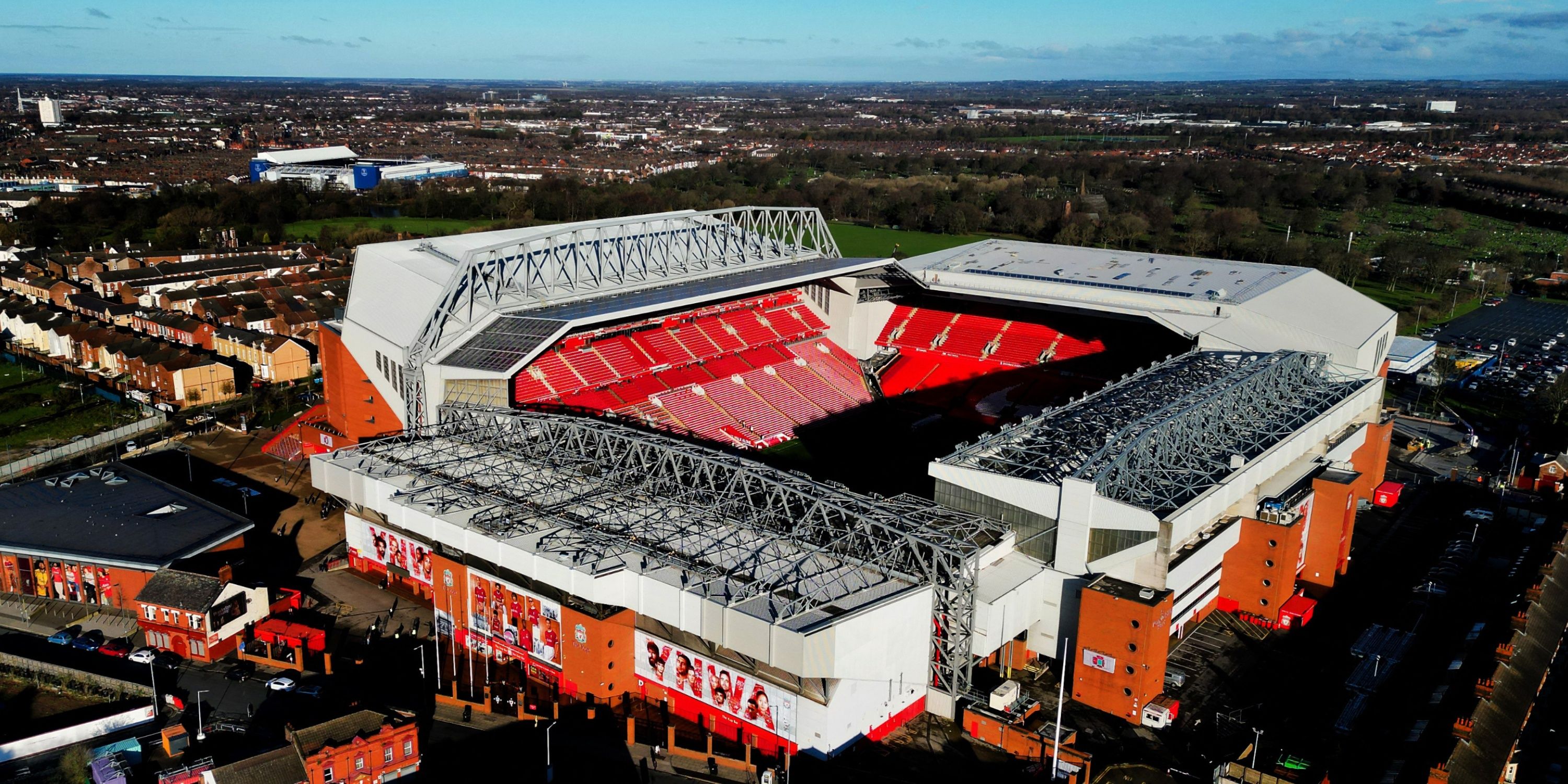
Anfield, the home of Liverpool, is one of the rare stadiums that has remained in the same place throughout the club’s history. Liverpool were formed in 1892, taking over Anfield when Everton moved to Goodison Park after a dispute with the club president.
Although talks of moving away from Anfield arose in the 2000s, the owners opted to expand Anfield instead. In the 20th century, the famous ground became a place where teams and fans alike feared to visit, especially if the players touched the “This is Anfield” sign before matches.
The word Anfield means “a field on the slope”, which perfectly encapsulates the surrounding area. The famous faithful located at the “Kop” end, where fans gather, is known for its notably steep incline and is one of the most iconic grandstands in Britain.
2 The Racecourse Ground
Wrexham AFC
At number two, we’ve selected Wrexham AFC’s Racecourse Ground. Wrexham is not only the oldest club in Wales, but also the third-oldest professional football club in the world. Considering its long history, the ground was originally used for cricket and horse racing, and even for aviation purposes.
The Racecourse Ground remains the largest stadium in North Wales and is one of the most historic grounds. It was opened in 1807, but was first used for football in 1864, and still continues to thrive to this day, 160 years later.
The football club has battled ownership issues with the ground for much of its history. However, following the famed takeover by Hollywood stars Ryan Reynolds and Rob McElhenney, the club now owns the freehold of the stadium. Plans are in place to rebuild the Kop stand, increasing its capacity to 5,500.
1 Wembley Stadium
England

At number one, we have selected Wembley Stadium, which was originally known as the Empire Stadium. This iconic ground was the temple of domestic and European Cup football, hosting the FA Cup and League Cup final each year, in addition to five European Cup finals.
However, in more recent times, Wembley Stadium has hosted the 1966 World Cup final and the 1996 European Championship final. Famous footballer Pele nicknamed the 82,000-capacity stadium “the Cathedral of football”.
Wembley’s influence on English football is unparalleled due to its unrivaled historical significance. The stadium’s status as a symbol of English footballing pride, where teams across the footballing pyramid etch their names in the history books forever.








